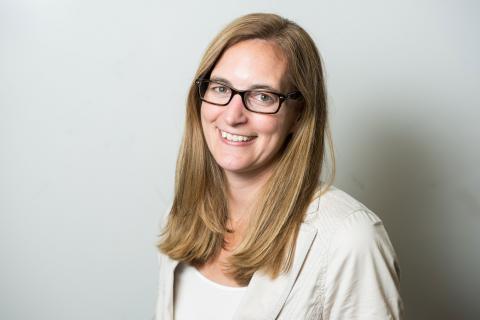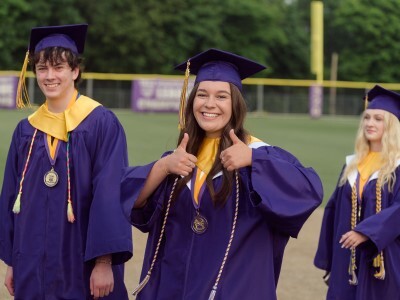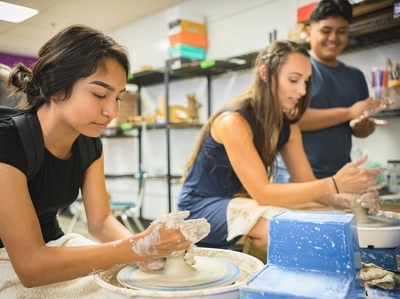We Need a New Story for Education
Topics
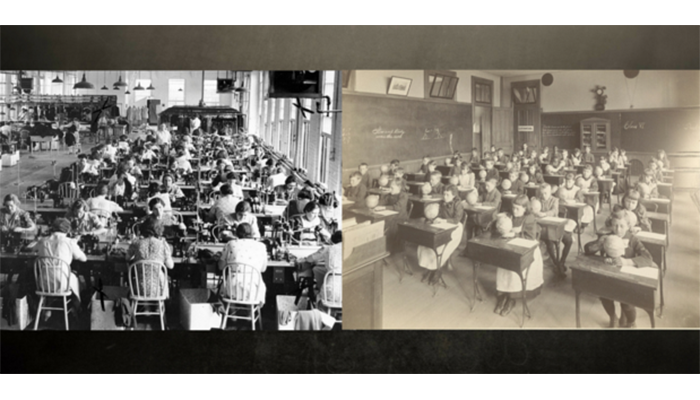
Today’s learners face an uncertain present and a rapidly changing future that demand far different skills and knowledge than were needed in the 20th century. We also know so much more about enabling deep, powerful learning than we ever did before. Our collective future depends on how well young people prepare for the challenges and opportunities of 21st-century life.
Two ed leaders challenge all of us to replace the factory metaphor with a better image to describe both the future of learning and how we’ll get there, to shape the #NextEdStory.
The world of work, our society, and our daily lives are no longer structured around assembly lines, routines, and regular schedules. The industrial age has given way to an information age, a knowledge economy, and countless opportunities for individual expression on social media.
The network TV schedule has given way to on-demand viewing through cable, YouTube, recorded programming, and NetFlix. The internet is a web of connections that we navigate aided by complex algorithms, personalized recommendations, and the skill to match our need with the information at our fingertips.
Our schools are changing too. Maybe not as quickly as other parts of our lives, and definitely not consistently. Many classrooms have the same desks arranged the same way as the photo above. We’re still grouping kids by their age. We’re still teaching one curriculum with a set timeline. But we know we need to break away from a factory production process churning out graduates who can be plugged into a mechanized society. We’re beginning to see pockets of classroom time shaped around how kids best learn, with lessons focused on the higher order cognitive and interpersonal skills needed in this new world. And a growing number of schools are showing what’s possible as they create new whole-school designs for learning that are more personalized, meaningful, and learner-centered. We even have lots of buzz words to describe these next gen learning strategies:
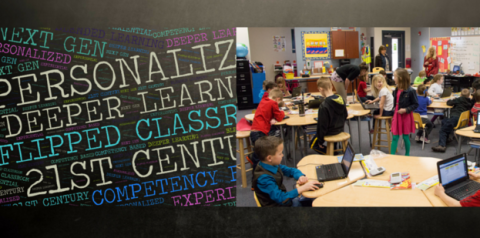
But we don’t have a good story to tell. We don’t have a compelling image of that vision of the future to rally around. We don’t have a metaphor to describe how this change happens. Yet.
That’s about to change.
Yesterday, EdSurge ran a piece, From Industrial Models and 'Factory Schools' to … What, Exactly? in which NGLC’s Andy Calkins teamed up with Education Reimagined’s Kelly Young to call on all of us to contribute our creative ideas, thoughts, stories, illustrations, and wonderings to start telling the story:
Here’s our pitch: Let’s get creative and explore new ways of talking about learning, the systems that would support it for every child, and how we get from here to there. Give your ingenuity, inspiration, and experience. We invite you to share your thoughts, ideas, illustrations, images, and stories that reflect the new future of learning, the very nature of the change that’s underway, and the learning models currently being explored.
Read the full post.
Last night, some of that creativity came alive in the monthly #NGLCchat focused on this very issue. Here’s just a taste:
We’ll be collecting stories, pictures, ideas, and practices over the next several weeks. Please follow the conversation and help tell the #NextEdStory.
Image credits: Kheel Center, Public Domain, Kristi DePaul, Digital Promise Courtesy of Northwestern University School of Education & Social Policy

